The Walpeup silo art is a megalithic tribute to young heroes
In northwestern Victoria, Australia, the small rural town of Walpeup has gained renewed attention thanks to its striking grain silo art.
This tight-knit community, like many others in the Mallee region, has embraced the silo art trail movement, transforming functional agricultural infrastructure into a canvas for storytelling and cultural preservation.
Honouring a local hero
The Walpeup silo mural pays tribute to a local hero, Harold Thomas Bell, who’s story is particularly poignant, as he enlisted in World War I at just 16 years old, using his cousin’s surname to conceal his true age. Tragically, he was wounded in the Battle of Beersheba on October 31, 1917, and died the following day, making him one of the youngest Australian casualties of the war.
A community-driven memorial
This powerful artwork, painted on GrainCorp silos along the Mallee Highway, serves as a memorial and a point of reflection for visitors. It honours not only Bell’s sacrifice but also the broader contributions of rural communities to Australia’s war efforts. The mural’s creation was a community-driven project, taking five years of planning and preparation before the actual painting, which was completed in just a few weeks.
Impact on local tourism and economy
The project exemplifies the transformative power of silo art in rural areas. It has brought new visitors to the town, contributing to local tourism and economic development. The project’s success is attributed to collaborative efforts between local organisations, including Mildura Regional Development and Visit Mildura Region, as well as support from GrainCorp and the welcoming communities of Walpeup and nearby Ouyen.
Revitalizing rural Australia through art
As part of the larger silo art trail movement across rural Australia, Walpeup’s mural demonstrates how art can revitalise small towns, preserve local histories, and create meaningful connections between past and present. It stands as a testament to the enduring spirit of rural communities and their ability to innovate and adapt in changing times.

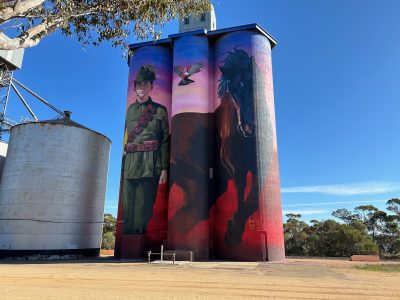
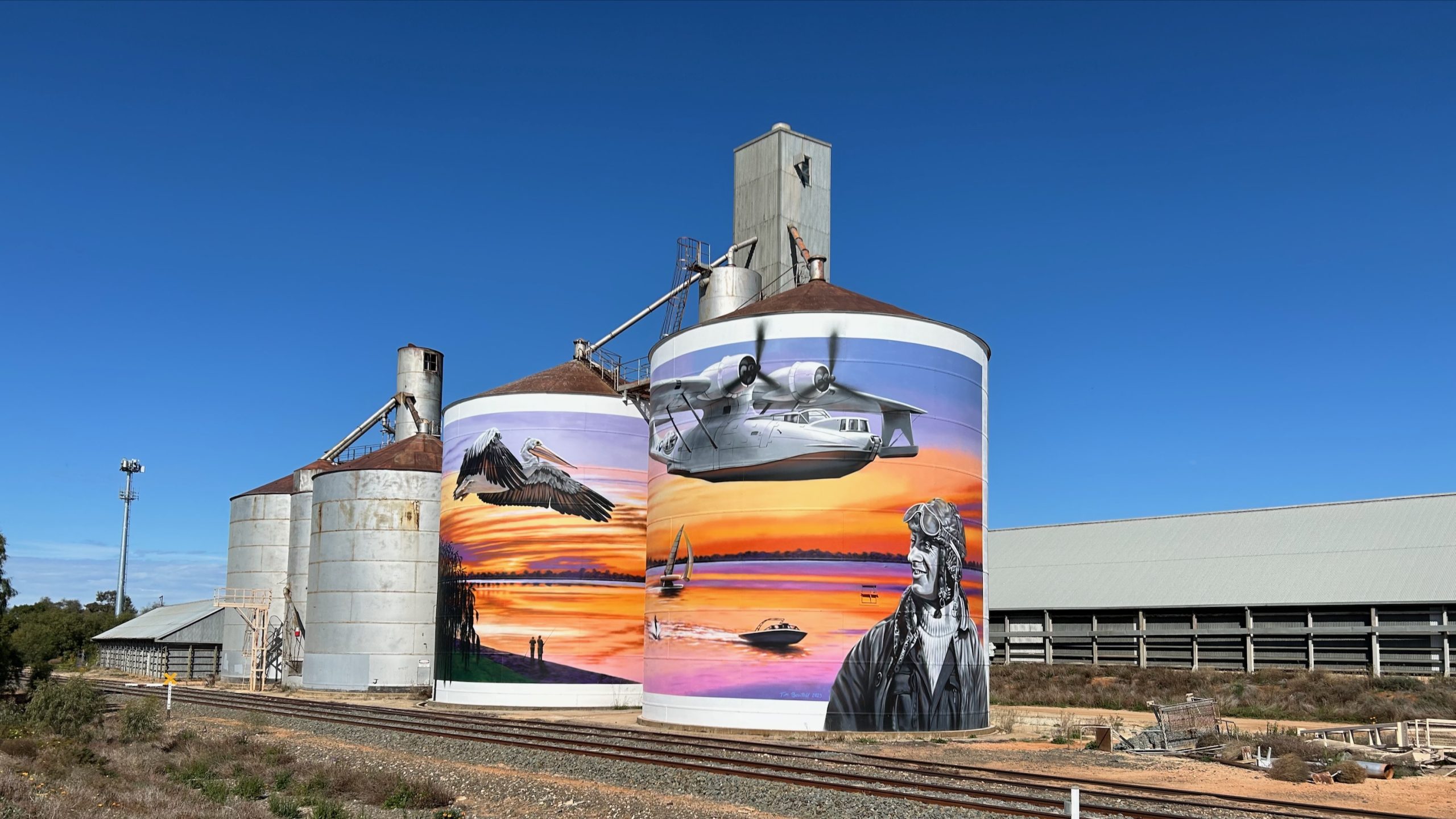

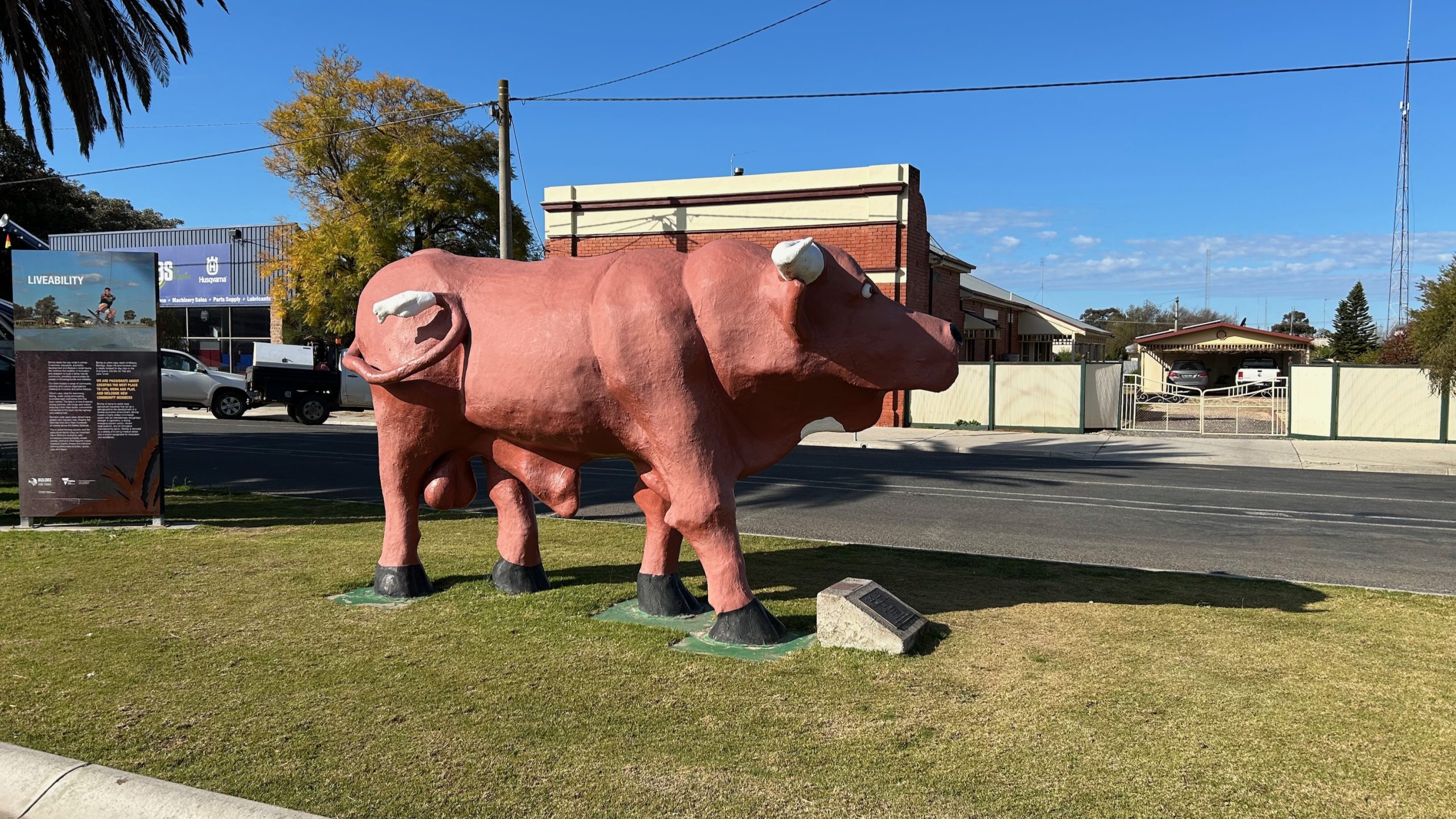

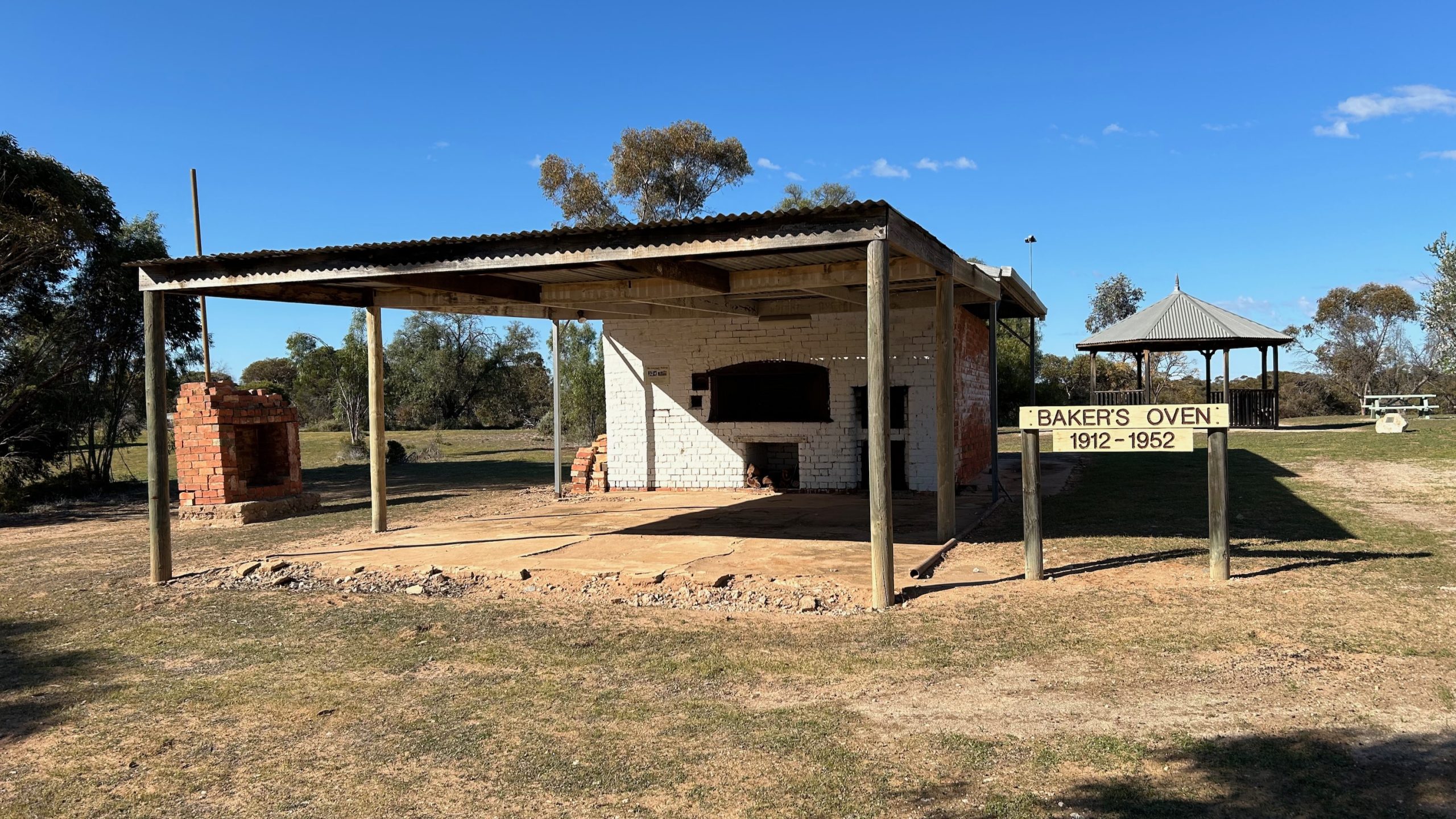



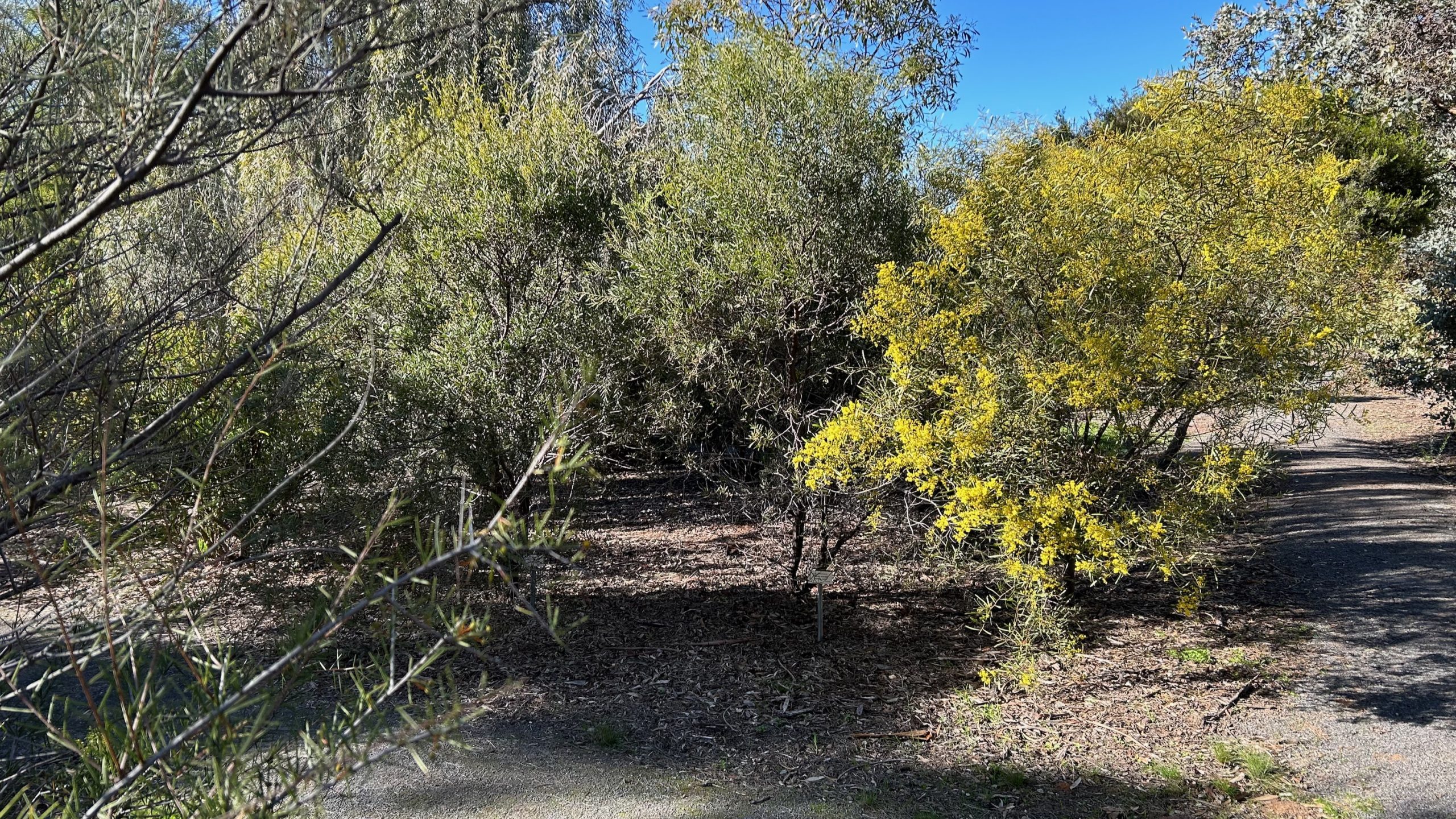

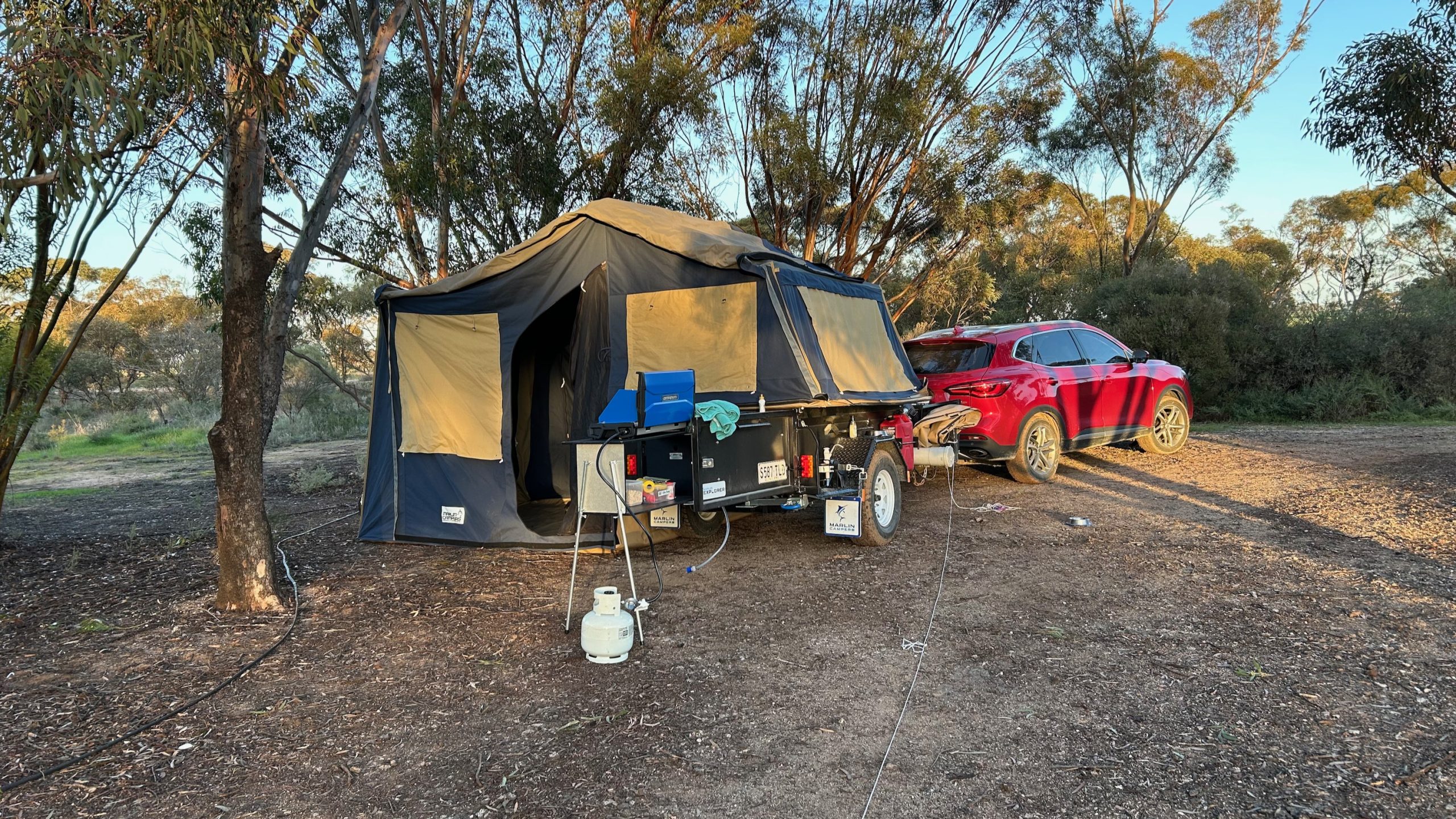

Leave A Comment